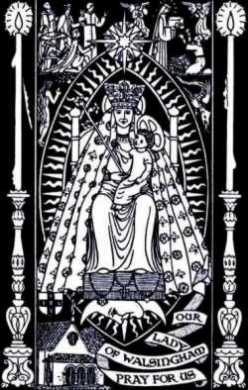 I was reading the Columbus Dispatch shortly after Hurrican Ike came ashore in Galveston, Texas two weeks ago. The story I was reading was telling about the first rescuers to reach Galveston Island, and all of the trouble they had getting there, because there is only one road that connects Galveston Island to the mainland, Interstate 45. The writer was detailing all of the debris that covered the road: washed away asphalt, parts of houses, furniture, cars, boats, and dead pelicans.
I was reading the Columbus Dispatch shortly after Hurrican Ike came ashore in Galveston, Texas two weeks ago. The story I was reading was telling about the first rescuers to reach Galveston Island, and all of the trouble they had getting there, because there is only one road that connects Galveston Island to the mainland, Interstate 45. The writer was detailing all of the debris that covered the road: washed away asphalt, parts of houses, furniture, cars, boats, and dead pelicans.The dead pelicans part gave me pause, and made me very sad, because I dearly love birds.
Hurricane Ike came ashore during the end of the nesting period for pelicans. Normally, sea animals will go out to sea or inland to escape hurricanes and other storms because they know better than we do when and where the storm is going. These pelicans did not leave. Why? They had babies to care for.
 Many people are surprised to learn that the pelican is a very ancient Christian symbol. It is a symbol of our Redeemer and of the atonement. In those days, people believed that the pelican would wound itself to feed its babies when it could not find food elsewhere.
Many people are surprised to learn that the pelican is a very ancient Christian symbol. It is a symbol of our Redeemer and of the atonement. In those days, people believed that the pelican would wound itself to feed its babies when it could not find food elsewhere.Thomas Aquinas even mentioned pelicans in his Adoro Te: "Pelican of mercy, cleanse me in thy precious blood."
We now know that this myth that developed around the pelican is not factually true. Pelicans do not feed bits of themselves to their babies, but there are good reasons for people to even mistakenly have believed that they did. One reason for this belief is that sometimes pelicans can suffer from a disease that leaves a red mark on their chests. Also, it may look as if a pelican is stabbing at itself when it puts its beak to its chest to fully empty its pouch.
As I have said before, however, just because something is not "factually" true does not mean that it is not Truth.
 And in the case of the dead pelicans that littered a deserted highway after a hurricane, we know that that is factually true. These pelicans may not have been nourishing their young with their own blood, but they did give up their lives to try to protect the lives of their babies.
And in the case of the dead pelicans that littered a deserted highway after a hurricane, we know that that is factually true. These pelicans may not have been nourishing their young with their own blood, but they did give up their lives to try to protect the lives of their babies.Our Pelican was born, lived, and died with all of us in mind, even us two thousand years later. He showed us how to live in love, and he showed us love in death. And like a mother pelican, he will stay with us even when the sky is dark and the wind is blowing, because that is his love for us.
The images shown in this post are from a set of vestments created by Davis d'Ambly, and he has kindly provided them for this purpose. Please visit his website and check out all of his good work. Perhaps one day I will wear a pelican dalmatic. One can dream.
Pax et bonum.


_Black_s_s_s_s_s.jpg)
